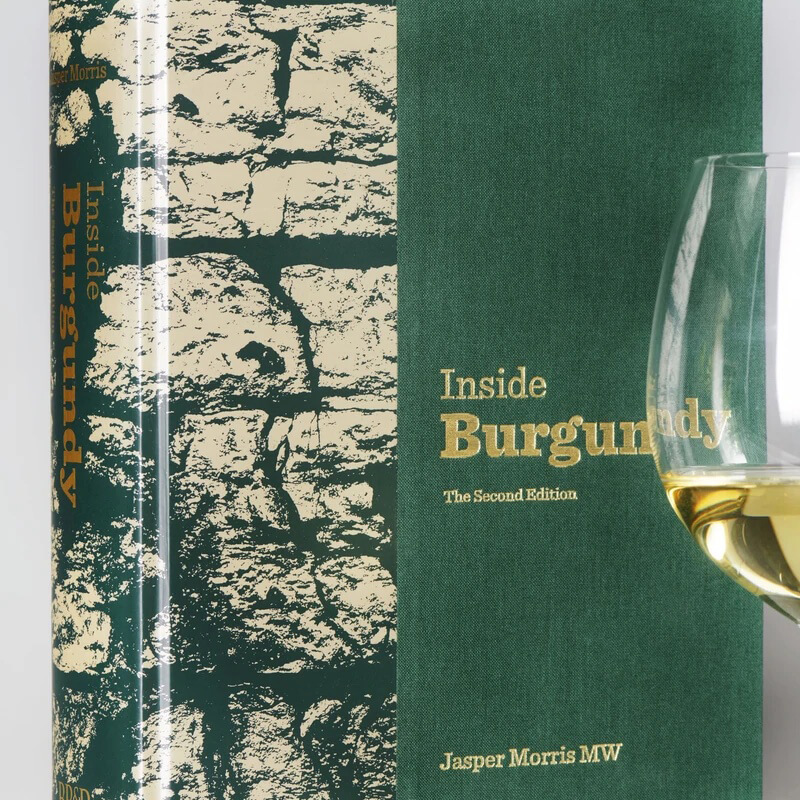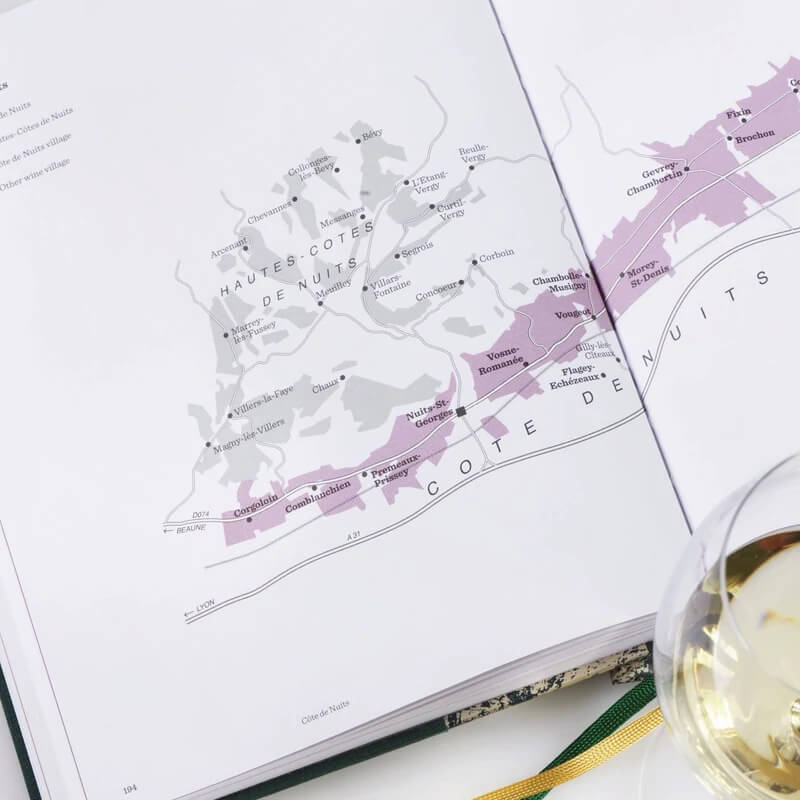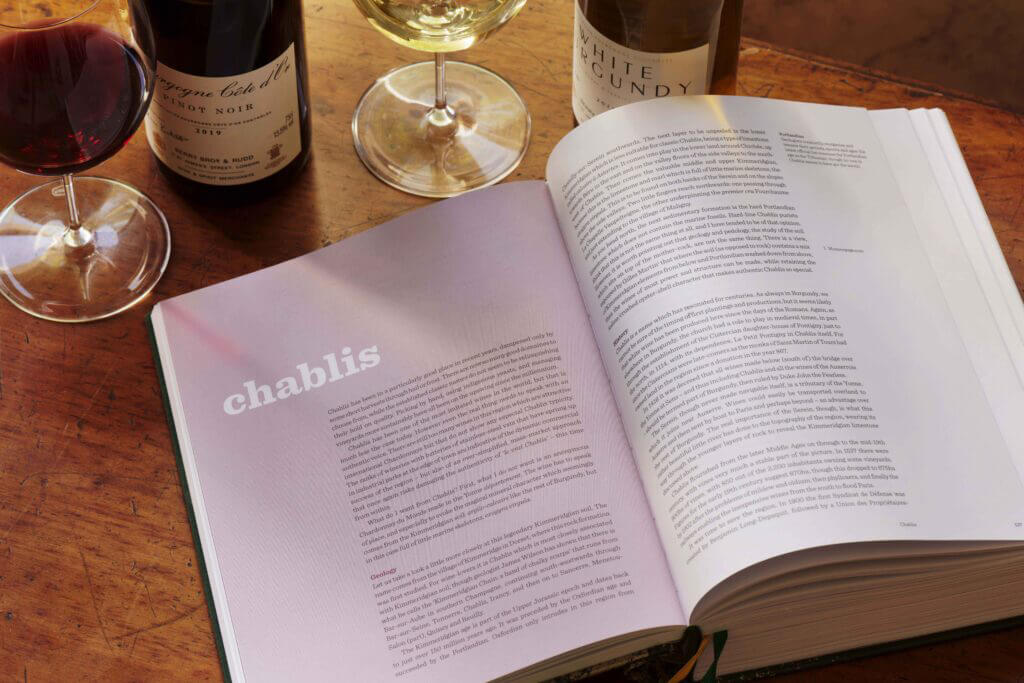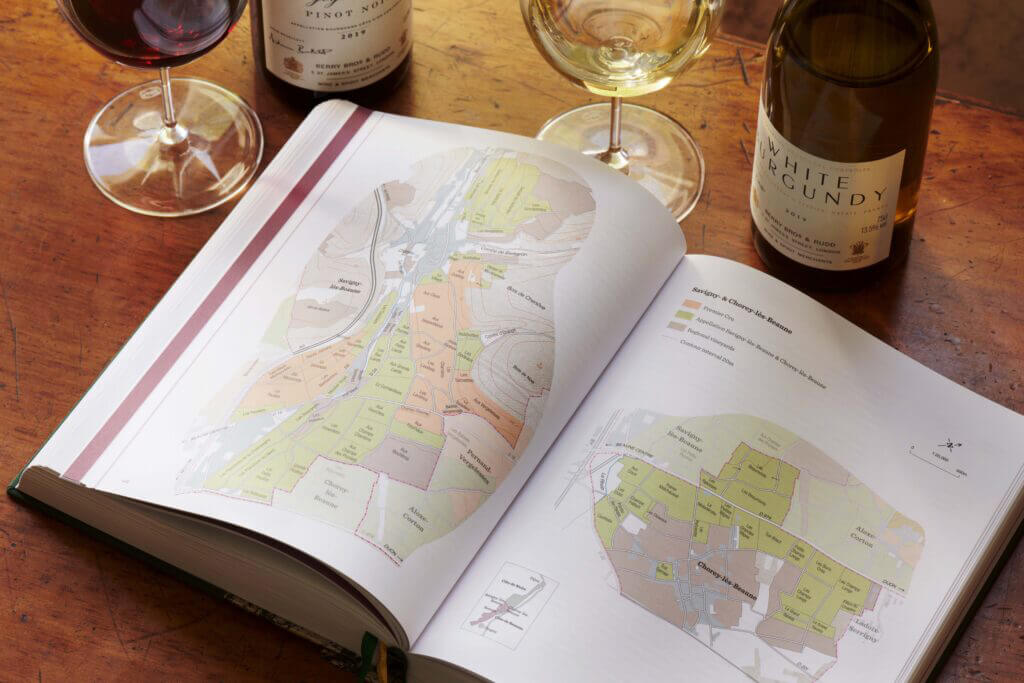Book Review: ‘Inside Burgundy’ Second Edition By Jasper Morris
by Ken Gargett
Those who persevered with the tales of the battles of Burgundy and its place in the world of wine today that I detailed last week will now find themselves back at the beginning. That was one long, winding digression before finally arriving at the reason for today’s piece (forgive me for such digressions and diversions when someone mentions Burgundy . . . ).
Some wine books are absolute must-haves for any serious, wine-obsessed drinker/collector. Jasper Morris’ Inside Burgundy, released just over a decade ago, is right at up the top of that list. Put simply, it was as thorough and thoroughly competent an examination of a region and its wines as exists anywhere. If you did not have it you were not a serious wine lover, and you most certainly were not a serious Burgundyphile (is there such a word?).

‘Inside Burgundy’ Second Edition by Jasper Morris
Morris’ timing is, as ever, perfect. His brilliant original tome arrived just as Burgundy was reveling in its golden era, although Morris himself notes the golden age as kicking off in 1985. The second edition now lands as Burgundy reigns supreme.
I met Morris around a decade ago, not that long after publication of the first edition of Inside Burgundy. We were both in Mornington Peninsula for the Pinot Noir celebration the region hosts every two years, where Morris was the keynote speaker (and I was one of the many hangers-on). We were paired up for several days before the event to travel around to visit wineries together. It was an excellent couple of days, and I learned a great deal.
Discussions went beyond wine and a fair bit of it revolved around the latest and/or forthcoming Ashes series (the more-important-than-life-itself cricket series that takes place between Australia and England every couple of years). If I recall, this was a period when Australia was struggling – a great shame it is not happening now as we are giving the Old Enemy a good old-fashioned thrashing. Swings and roundabouts. Whether or not I learned anything about cricket might be debatable, but I learned an enormous amount about Pinot Noir and Burgundy from our chats.
Inside Burgundy Second Edition
The second edition of Inside Burgundy (AUD$150 / $90 / £65 / €79 from Berry Brothers & Rudd Press) is a massive effort comprising 800 pages covering some 1,500 vineyards, 300 villages, and 700 producers with an acknowledgement that there were many more winemakers deserving, but space did not permit.
This could easily have been an agonizingly dry slog through an incredibly complex region, but Morris manages to convey information and keep the tone light, and yet the old lawyer in me loves the almost pedantic approach to detail. He has an amazing knowledge of the intricacies of Burgundian families and winemaking dynasties as well as vineyard ownership.

‘Inside Burgundy’ Second Edition by Jasper Morris
If it is not in this book, then you almost certainly do not need to know about it. While I suspect that no human in history may know and understand Burgundy as well as Morris obviously does (he has lived there for decades; used to sell it; writes about it; consults on it; used to import it into the UK; put simply, he lives it), there will be certain issues with which one might not completely agree. But Burgundy is a controversial subject and I have no doubt he would never expect rigid, unthinking compliance and acceptance from his audience.
Enormously valuable are Morris’ rating system for the various vineyards and those of others that he additionally incorporates.
This is a book that one can start and work through or simply dip in here and there. If you are looking for information about a producer or appellation, then it will provide. Settle down with a glass of your favorite producer and enter the world of Burgundy.
Inside Burgundy Second Edition: any quibbles?
Anything one would change? For me, the two possibly contentious issues are the lack of tasting notes and the vintage information.
Tasting notes are essential for some, superfluous to others. Personally, I enjoy them, comparing my experience with those of the author for the wines I have tried, but the lack of them is not an issue for me. Tasting notes inevitably date from the moment they appear (the moment the wine is tasted is more accurate).
In addition, Morris’ website, www.insideburgundy.com, provides extensive coverage in this respect and in respect of much more. There is an enormous amount of information on the site, but much of it, including the tasting notes, are for subscription only. Of course, if Morris was to include all his notes in the book, he would no doubt need several more volumes.

‘Inside Burgundy’ Second Edition by Jasper Morris
Vintages, for me, are a different thing. I think this is a glaring omission. Again, one can go to the site, where the vintages from 1990 to 2019 are covered in excellent detail, so perhaps I am being a little picky. Further back will require subscription.
To have included all these vintage reports would not have added that much to the volume but would most definitely have added to the overall experience. Surely, vintages are a crucial aspect of understanding Burgundy? To be fair, he has provided a rating for vintages, though only back to 2000, accompanied by a little information, but this is my one gripe.
I would have loved him to go into more detail with the fascinating way he has ranked the vintages, splitting them into two categories (this is all too brief). One category rates the vintages for those who prefer the big and burly styles; the other for those who prefer an ethereal and elegant approach to their wine.
It is a thoughtful and clever idea. As someone who does not read instructions before attempting to assemble anything or read directions before setting off (not wise for someone with absolutely no sense of direction), I went straight into the ratings and was all set to fire up. Two thousand three and 2010 ranked equally, as one example? I was not even happy with 2009 topping 2010. All of which could have been avoided had I bothered to follow the instructions. I worked out that I was looking at the ratings for the big and burly styles. And that made far more sense. When I went to the second collection of ratings, for the ethereal and elegant, there was no argument. I like the system and I love that it is one that will surely engender serious debate.
Inside Burgundy Second Edition: content
There is an excellent bibliography for those looking to expand their knowledge, although not sure there is much need beyond this book. A useful glossary and the usual guff (“guff” meant in the nicest way possible) on serving, storage, food, and so forth, located at the end of the book. One lovely gesture is that Jasper has retained the foreword to the first edition, penned by the legendary Steven Spurrier, who so sadly left us last year. I doubt anyone could have improved upon it.
Everyone should read the early pages: history, the Burgundy trade (few know it as well as Morris), rules, terroir, grapes, viticulture, winemaking, styles, and maturation. Plenty of statistics for those so inclined. Climate change is touched upon. Many authors would have finished this section and put their pens down in the knowledge of a job well done. Morris is only getting started.
It is the regions and producers that form 90 percent of the meat of the book. Plus 45 full-color maps.
An example? Take Domaine Denis Mortet (Arnaud Mortet and Thierry Mortet are also covered). Every holding it owns across the vineyards is detailed while the brief-ish entry covers history, styles, and assessments. And so it goes for producer after producer.
Then we go to Chambertin. Suffice to say that if you read Morris’ coverage, you’ll be cracking the piggybank and selling your firstborn to stick as much in the cellar as you can. Every owner’s allocation is covered. Again: history, styles, and more. A comparison with Chambertin Clos-de-Bèze. The Clos-de-Bèze part also includes a lovely section from Evelyn Waugh’s Brideshead Revisited in which Charles Ryder selects a bottle to match his duck. Items like this are dotted throughout the book.

‘Inside Burgundy’ Second Edition by Jasper Morris
But it is far from just thrilling makers and legendary vineyards. Spend some time here and there will be many new names revealed to you, including some good-value drinking.
Read the section on appellations and rules – why one vineyard is a Grand Cru and others not, for example – and Burgundy will become that much clearer to you. His thoughts on terroir are also absorbing.
As for whether this South Sea-like explosion of prices for the top wines continues, Morris suggests that the bubble has not burst yet (it certainly has not, but like all things one assumes that at some stage there must be at least a recalibration). In my opinion, when it does – or at least recalibrates – it will be fascinating to watch the aftermath, but anyone waiting for cheap Domaine de la Romanée-Conti might find themselves disappointed.
This book is not some giant puff piece for the region. Morris is not afraid to be critical where it is demanded. You’ll find examples as you work through it, though some may resonate more than others.
If I have not yet convinced you that this is an essential purchase, think of it as the price of a lesser Premier Cru. Sacrifice just one bottle and a world of knowledge and joy will be opened to you.
These days, Burgundy is wine’s Aladdin’s cave. And Morris is the genie who can guide you to the riches.
For more information, please visit www.insideburgundy.com/inside-burgundy-the-book.
Quick Facts Inside Burgundy second edition
Publisher: Berry Brothers & Rudd Press
Pages: 800 pages
Illustrations: 45 full-color maps
Binding: hardcover
Language: English
Price: AUD$150 / $90 / £65 / €79
You may also enjoy:
Inside Burgundy’s History, Including A ‘Royal War’ With Champagne
Glorious Burgundy Is Experiencing An Unprecedented Golden Age Of Fantastic Wine Vintages
The World’s Best Wine? No Contest: Romanée-Conti By Domaine De La Romanée-Conti
Faiveley: Now One Of Burgundy’s Top Producers And Getting Better And Better
Domaine Dujac: Red-Hot Burgundy Wines (With Tasting Notes)
Clos De Tart And Clos Des Lambrays: The Glory Of A Great Burgundy Is The Pinnacle Of Wine



Leave a Reply
Want to join the discussion?Feel free to contribute!